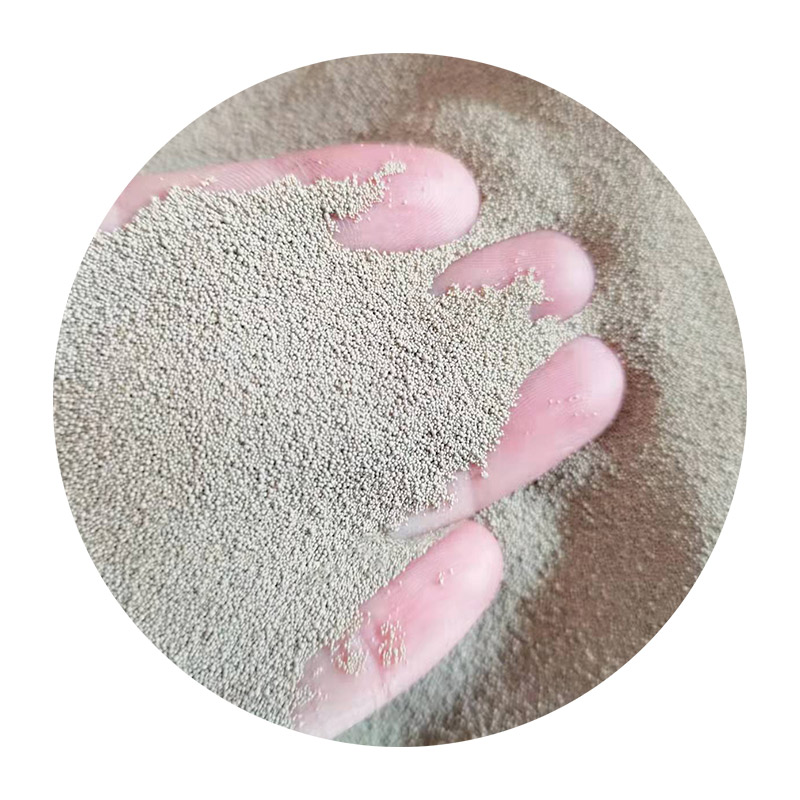 This level of control minimizes variability, ensuring each casting meets precise specifications This level of control minimizes variability, ensuring each casting meets precise specifications
This level of control minimizes variability, ensuring each casting meets precise specifications This level of control minimizes variability, ensuring each casting meets precise specifications high volume sand casting.
4. **Efficient Melting and Handling** High-volume foundries employ large induction or electric arc furnaces capable of melting vast quantities of metal rapidly and uniformly. Automated ladling and pouring systems further contribute to throughput and safety.
**Applications Across Industries**
High volume sand casting finds extensive application in sectors where large numbers of durable, metal components are required
- **Automotive Industry** Engine blocks, cylinder heads, transmission housings, and numerous other automotive parts benefit from the scalability and cost-effectiveness of high volume sand casting.
- **Aerospace** While demanding tight tolerances and superior material properties, aerospace components like turbine blades, engine mounts, and structural parts often rely on this process due to its ability to handle complex shapes and large sizes.
- **Construction and Agriculture** Heavy machinery parts, such as gearboxes, hydraulic components, and structural castings, are frequently produced through high volume sand casting due to the need for robustness and resistance to wear.
- **Energy and Utilities** From wind turbine components to electrical transformer casings, this process accommodates the massive size and durability requirements of energy sector equipment.
**Advantages and Challenges**
The primary advantages of high volume sand casting include its flexibility in producing a wide range of part sizes and complexities, cost-effectiveness for large production runs, and the ability to cast nearly any alloy. However, challenges persist, including managing the environmental impact of sand disposal and the initial capital investment required for automation technology.
**Conclusion**
High volume sand casting represents a cornerstone of modern manufacturing, blending age-old techniques with cutting-edge technology to meet the ever-increasing demands of global industries. Its capability to produce high-quality, intricate parts at scale underscores its ongoing relevance and potential for further innovation. As industries continue to seek efficiency and sustainability, advancements in sand casting technologies will undoubtedly play a pivotal role in shaping the future of metal manufacturing.
Post time:Jun . 25, 2024 01:26
high volume sand casting.
4. **Efficient Melting and Handling** High-volume foundries employ large induction or electric arc furnaces capable of melting vast quantities of metal rapidly and uniformly. Automated ladling and pouring systems further contribute to throughput and safety.
**Applications Across Industries**
High volume sand casting finds extensive application in sectors where large numbers of durable, metal components are required
- **Automotive Industry** Engine blocks, cylinder heads, transmission housings, and numerous other automotive parts benefit from the scalability and cost-effectiveness of high volume sand casting.
- **Aerospace** While demanding tight tolerances and superior material properties, aerospace components like turbine blades, engine mounts, and structural parts often rely on this process due to its ability to handle complex shapes and large sizes.
- **Construction and Agriculture** Heavy machinery parts, such as gearboxes, hydraulic components, and structural castings, are frequently produced through high volume sand casting due to the need for robustness and resistance to wear.
- **Energy and Utilities** From wind turbine components to electrical transformer casings, this process accommodates the massive size and durability requirements of energy sector equipment.
**Advantages and Challenges**
The primary advantages of high volume sand casting include its flexibility in producing a wide range of part sizes and complexities, cost-effectiveness for large production runs, and the ability to cast nearly any alloy. However, challenges persist, including managing the environmental impact of sand disposal and the initial capital investment required for automation technology.
**Conclusion**
High volume sand casting represents a cornerstone of modern manufacturing, blending age-old techniques with cutting-edge technology to meet the ever-increasing demands of global industries. Its capability to produce high-quality, intricate parts at scale underscores its ongoing relevance and potential for further innovation. As industries continue to seek efficiency and sustainability, advancements in sand casting technologies will undoubtedly play a pivotal role in shaping the future of metal manufacturing.
Post time:Jun . 25, 2024 01:26
Next:Golden Sands Discovering Tranquil Beachside Paradise
